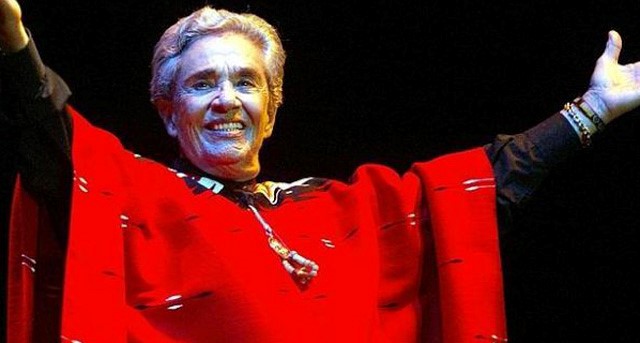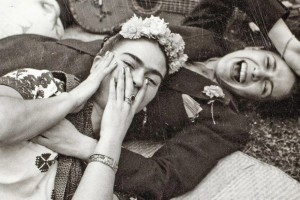The legacy of ‘La Vargas’ and the traditional music of Mexico
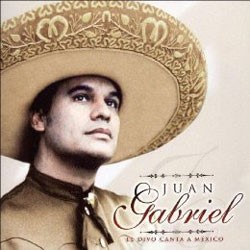 Mexico is mourning the loss of musical legend, Juan Gabriel, however this best selling rancheras singer-songwriter of Latin America does not hold the same allure as the notable and defiant female rancheras artist: Chavela Vargas.
Mexico is mourning the loss of musical legend, Juan Gabriel, however this best selling rancheras singer-songwriter of Latin America does not hold the same allure as the notable and defiant female rancheras artist: Chavela Vargas.
Conventionally, the rancheras were sung by men and accompanied by a group of mariachis with guitars, violins, double bass and harp. They were songs of the Revolution which came about as a reaction to the aristocratic European music that Mexican elites used to listen to. The term “rancheras” comes from the word “rancho”, meaning ranch or farm, since they are songs about the peasant life, horses, family, bars and cantinas. They tell popular stories about the Mexican Revolution and love tragedies. Inspired by Mexican folklore, the rancheras became the musical icon and symbol of Mexico.
Chavela Vargas’ subsequent adoption of the ideology of the rancheras was in itself revolutionary as she defied custom and dressed as a man, smoked cigars, carried pistols and drank endless quantities of tequila.
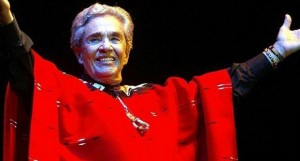 Although Vargas was born in Costa Rica, she soon left her country of birth, where she had a miserable childhood and ran away to Mexico. There, she started singing on the streets until José Alfredo Jiménez, possibly the most important singer and composer of rancheras, saw her. They became inseparable drinking and musical partners. Her greatest fame came during the 50s and 60s, but she continued singing until the end of her life. She died in August 2012, at the age of 93 and she became an indomitable legend. A legend marked by a deep voice, the turbulences of her life and a long history of anecdotes about music, alcohol and binges.
Although Vargas was born in Costa Rica, she soon left her country of birth, where she had a miserable childhood and ran away to Mexico. There, she started singing on the streets until José Alfredo Jiménez, possibly the most important singer and composer of rancheras, saw her. They became inseparable drinking and musical partners. Her greatest fame came during the 50s and 60s, but she continued singing until the end of her life. She died in August 2012, at the age of 93 and she became an indomitable legend. A legend marked by a deep voice, the turbulences of her life and a long history of anecdotes about music, alcohol and binges.
There are many stories about “La Vargas”. She was a rebel; a woman brave enough to enter a world of “machos” acting like a man, and being openly homosexual in the strong patriarchal Mexican society. In the 40’s, when Mexican artists and intellectuals were enjoying the Post-Revolution era, she lived for a while with the famous painters Diego Rivera and Frida Kalho, with whom she confessed to have had an amorous experience. There are also stories about her singing at Liz Taylor’s wedding and then going to bed with Ava Gardner.
Her popularity took her to many countries and the people loved her, but her bohemian life and alcoholism almost led her to desolation. She disappeared in the 70’s when she went to live in San Luis de Potosí, where an Indian tribe saved her from alcoholism. Whilst there, she was anointed as a shaman (La Chamana was another of her nicknames). When she returned to the stages in the 90’s, Pedro Almodóvar met her and rescued her fame by using her music in his films and presenting her on different European stages. From that moment on, Almódovar became her “spouse”, a name Chavela always referred to when talking of the Spanish director. She recovered her popularity and was able to perform on important stages of New York, Paris, Buenos Aires and Madrid, and participated in several films, like “Frida” with Salma Hayek.
She was an important figure and an ambassador of Mexican culture until the day she died. 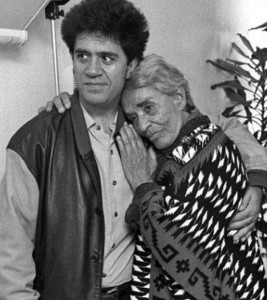
Vamos Let's Learn Spanish. Spanish courses in London. Spanish courses in Valencia.

